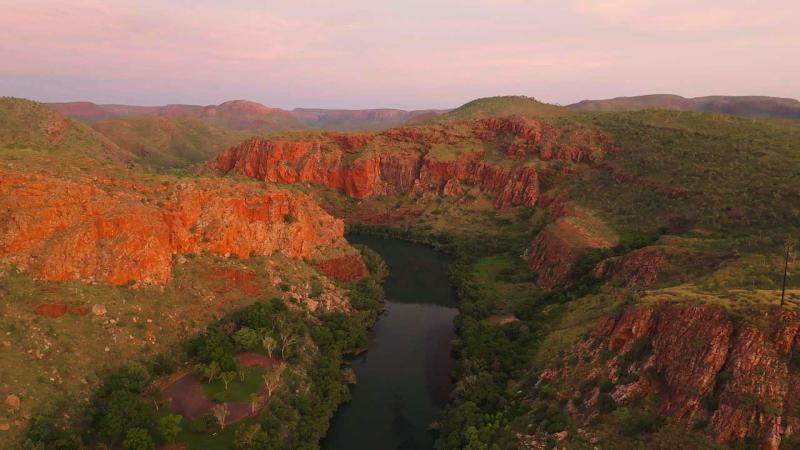The Australian Renewable Energy Agency (ARENA) has announced a $1,666,701 grant to the Aboriginal Clean Energy Partnership (ACEP) to support Phase 1 of the feasibility study for the East Kimberley Clean Energy and Hydrogen Project being developed near Kununurra, about 3,000 kilometres north of Perth.
ARENA said the feasibility study will start immediately and is expected to take about five months to complete. If the project is proven feasible, the plan is to build approximately 1,000 MW of solar and 850 MW of electrolysis capacity on land owned by the indigenous MG Corporation and to produce 50,000 tonnes per annum of renewable hydrogen.
The green hydrogen would then be transported through a new 120-kilometre pipeline to the Port of Wyndham, where it will be converted into ammonia using hydropower from the Ord River hydro system. About 250,000 tonnes a year of green ammonia is expected to be produced, for both domestic and export markets.
The feasibility study will progress project design with a specific focus on the solar, engineering and approvals of the East Kimberley Clean Energy and Hydrogen project.
Construction of the project is targeted to start in late 2025, with operations expected to commence by the end of 2028.
Australian clean energy advisory and investment group Pollination, which is steering the up to $3.2 billion (USD 2.1 billion) project, said the federal government support represents a key step in progressing what it described as a landmark project.
Pollination Head of Projects Rob Grant said the project involves a first-of-its-kind equity partnership with traditional owners of the land where it will be built.
ACEP, formed in 2022, is a joint venture between MG Corporation, representing the Miriuwung and Gajerron people, the Balanggarra Aboriginal Corporation, the Kimberley Land Council, and Pollination. Each partner holds a 25% share in the venture, which will oversee all aspects of project development, including cultural heritage, native title and environmental approvals, as well as overall feasibility planning.
“This kind of partnership will significantly de-risk this project, making it faster, smoother and more attractive for investment,” Grant said.
“ARENA’s show of confidence in the project and the partnership is an important step for progressing what will be a development of national significance.”
ARENA Chief Executive Darren Miller said the project would demonstrate how First Nations groups can take a leadership role in the energy transition and represented the kind of development Australia needs to deliver on its national goal of becoming a renewable energy superpower.
“ARENA is working with ACEP to explore how First Nations communities can have a greater say and a greater stake in Australia’s renewable hydrogen ambitions,” he said.
“This project will pave the way for First Nations-led renewable energy developments and ARENA will be working to ensure the lessons we learn from East Kimberley inform future projects.”
Kimberley Land Council Chair Anthony Watson said the project is a way for Traditional Owners to participate in the clean energy transition by utilising the natural resources in the East Kimberley.
“This project will show it is possible to design a future where economic prosperity, Indigenous empowerment and caring for country work hand in hand,” he said.
This content is protected by copyright and may not be reused. If you want to cooperate with us and would like to reuse some of our content, please contact: editors@pv-magazine.com.









1 comment
By submitting this form you agree to pv magazine using your data for the purposes of publishing your comment.
Your personal data will only be disclosed or otherwise transmitted to third parties for the purposes of spam filtering or if this is necessary for technical maintenance of the website. Any other transfer to third parties will not take place unless this is justified on the basis of applicable data protection regulations or if pv magazine is legally obliged to do so.
You may revoke this consent at any time with effect for the future, in which case your personal data will be deleted immediately. Otherwise, your data will be deleted if pv magazine has processed your request or the purpose of data storage is fulfilled.
Further information on data privacy can be found in our Data Protection Policy.